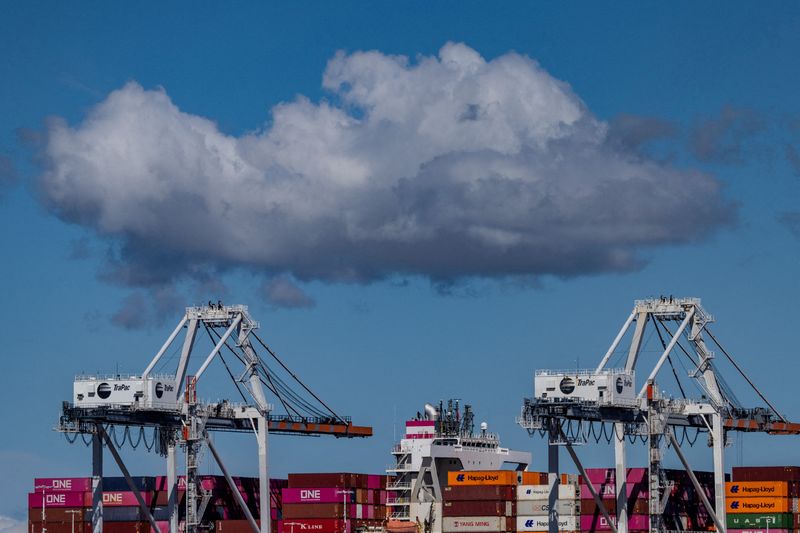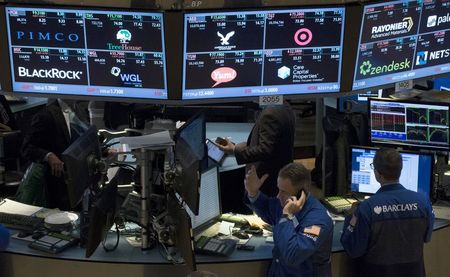Economic Order Quantity (EOQ) is a fundamental concept in business, specifically in inventory management. It’s a tool that aids companies in smartly managing their stock levels.
It’s an important concept in managing supply chain operations, as it helps companies strike the right balance between inventory holding costs and ordering costs. By implementing the EOQ model, businesses can optimize their inventory levels and minimize costs.
What is Economic Order Quantity?
Economic Order Quantity (EOQ) is a concept in inventory management that determines the most cost-effective quantity of items a business should order to minimize costs associated with holding, ordering, and shortage costs.
It’s a delicate balance designed to ensure companies have sufficient stock to meet customer demand without unnecessary excess. The model considers factors like demand rate, order cost, and holding cost.
By calculating the EOQ, businesses can optimize their inventory control, reducing costs while ensuring the availability of products when customers need them. This balance is crucial in improving operational efficiency and profitability.
How Economic Order Quantity Works
The goal of EOQ is to figure out an optimal number of units that should be ordered each time by balancing the costs associated with holding and ordering inventory.
This means a company can only order new stock once the existing inventory has been depleted to the EOQ level. This not only minimizes ordering costs but also reduces the cost of holding excess inventory.
But it also comes with a risk of stockouts, which can result in lost sales and potential damage to the company’s reputation. Therefore, businesses must accurately forecast demand to ensure they maintain optimal inventory levels.
Formula for Calculating Economic Order Quantity
Here is the formula for calculating EOQ
Q = √2DS/H
Where,
Q = Economic Order Quantity
D = Annual demand in units
S = Cost of placing an order (excluding the cost of goods)
H = Annual holding cost per unit
Example of Calculating Economic Order Quantity
Consider this scenario: A bookstore sells a popular novel, with yearly sales of 500 copies. The cost to store a single book for a year is $4, and the fixed cost to place an order is $3.
Now if we apply the formula, we get
Q = = √2×500×3/4
Q = 27.38
In this example, the bookstore should order 27 books at a time to minimize costs and maintain optimal inventory levels.
Advantages of Economic Order Quantity
Here are some of the key advantages of EOQ
- Helps businesses optimize inventory levels: By calculating the EOQ, companies can strike the perfect balance between ordering and holding costs, ensuring that they have enough stock to meet customer demand without excess.
- Saves on carrying costs: The EOQ model is specifically designed to reduce the costs associated with holding excess inventory – this can significantly impact a company’s bottom line.
- Reduces risk of stockouts: By accurately forecasting demand and maintaining optimal inventory levels, businesses can minimize the risk of stockouts, which can result in lost sales and damage to their reputation.
- Improves operational efficiency: With optimized inventory levels, businesses can streamline their supply chain operations and improve overall efficiency.
Conclusion
Economic Order Quantity is an essential tool for companies looking to strike a balance between inventory costs and customer demand. By accurately calculating EOQ, businesses can optimize their inventory levels, reduce costs, and improve operational efficiency. It’s a fundamental concept in inventory management that every business should consider implementing. However, it’s crucial to note that the EOQ model is just a guide, and businesses should regularly review and adjust their inventory levels based on market demand and other external factors.
Further questions
What's your question? Ask it in the discussion forum
Have an answer to the questions below? Post it here or in the forum




